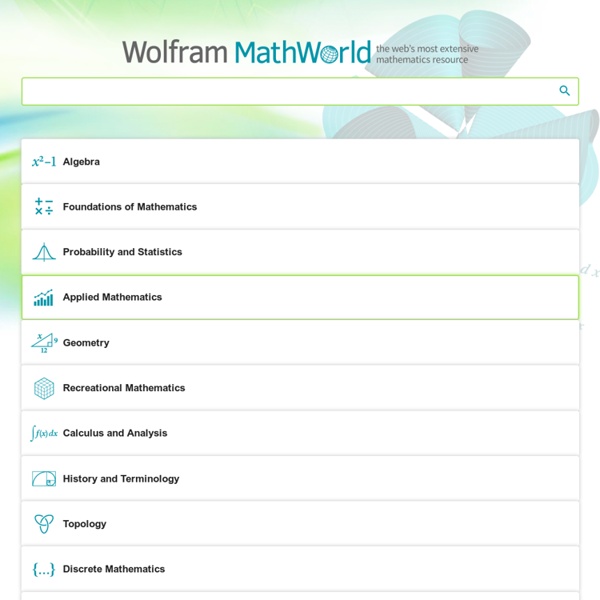



Free PDF Search Engine LyX | LyX – The Document Processor What Youll Wish Youd Known January 2005 (I wrote this talk for a high school. I never actually gave it, because the school authorities vetoed the plan to invite me.) When I said I was speaking at a high school, my friends were curious. I'll start by telling you something you don't have to know in high school: what you want to do with your life. If I were back in high school and someone asked about my plans, I'd say that my first priority was to learn what the options were. It might seem that nothing would be easier than deciding what you like, but it turns out to be hard, partly because it's hard to get an accurate picture of most jobs. But there are other jobs you can't learn about, because no one is doing them yet. And yet every May, speakers all over the country fire up the Standard Graduation Speech, the theme of which is: don't give up on your dreams. What they really mean is, don't get demoralized. Which is an uncomfortable thought. I'm not saying there's no such thing as genius. Upwind Ambition Corruption Now
Intranet, Group Calendar, Small Business Organizer: Backpack Current Backpack customers can sign in here. Hello, We launched Backpack back in 2005 so people could “keep life’s loose ends together” in one place online. Since then, hundreds of thousands of people have kept millions of loose ends safe in their online Backpacks. However, because we haven’t given Backpack much attention in the last few years, and as part of refocusing our efforts on a slimmer product line, we’ve decided to no longer offer Backpack to new customers. Existing customers will be able to continue using Backpack as they always have. For those new customers who are interested in something like Backpack, we highly recommend checking out Basecamp. Onwards, Jason Fried, Founder & CEO, Basecamp
ADD versus ADHD What's the difference? Description Of ADD vs. ADHD By Barbara C Fisher & Ross A Beckley Definition: AD/HD is the presence of a genetic biochemical disorder that does not allow people to work to their full potential. The Brain: a) Frontal Lobe integrates all the information b) Parietal area processes sensory information c) Temporal – memory, balance, and hearing d) Occipital is the visual area Only the Frontal and Parietal areas are involved in AD/HD. Neurotransmitters: The brain talks to itself chemically and electronically. A chemical imbalance is a neurotransmitter failure. Symptoms can vary from day to day, hour to hour and sometimes cannot be seen. ADD Without Hyperactivity is not always recognizable if the person can compensate and "get by". ADD Without Hyperactivity - Over-focused Subtype Indications: 1.
SOPHIE: Keep Calm and Teach On Web 2.0 Directory | Web 2.0 Applications Tunstall's Teaching Tidbits Boks [Air]: Visual Grid Editor - Blueprint CSS | CreativeApplica Boks is an AIR application (Windows, Mac and Linux) that provides a User Interface for Blueprint CSS’s framework. It’s been designed for those who think the Grid System is good but never really took the time to give it love. It handles grid configuration, baseline rhythm pimpin’, CSS (with or without compression) and grid.png export, HTML layout and much more. Latest version brings borders: visual feedback, PDF export and History management (Undo/Redo). Whether you are a CSS novice or a pro, Boks is definitely worth a look. You can get more information including the FAQ and movie tutorials on the website.
iTypeFastR - type faster and with less typos on your iPhone 3DVIA Blog Introducing 3DVIA Shape 3.0 with Freeform Deform Bl Introducing 3DVIA Shape 3.0 with Freeform Deform The 3DVIA team proudly presents the latest version of our free 3D modeling software 3DVIA Shape (Version 3.0)! It is the most feature rich release to date! This new version extends powerful “freeform” modeling to everyone, allowing users to create smooth curved surfaces for boats, planes, rockets, or anything within a user’s imagination. Here’s a rundown of some of the key features in 3DVIA Shape 3.0: 3DVIA Shape 3.0 in Action Check out the following video to get a peek at the above features in action. NEW 3DVIA Shape Tips and Tricks Videos We’ve also introduced a new series of recorded Tips and Tricks for 3DVIA Shape 3.0. Try 3DVIA Shape today and let us know what you think! Tagged as: 3D, 3D CAD, 3D games, 3d model hosting, 3D Modeling, 3D models, Free 3D Models, Free 3D software, free models